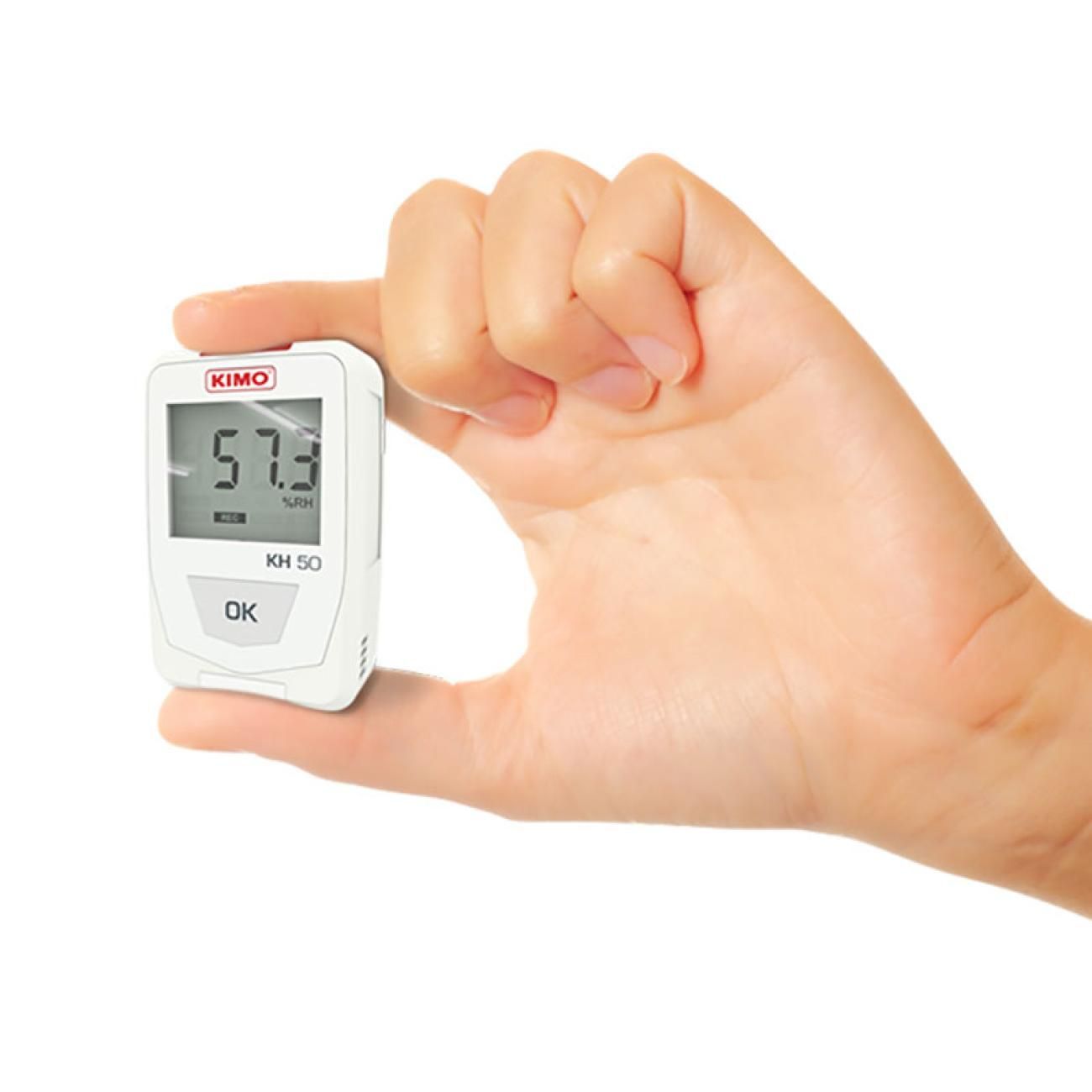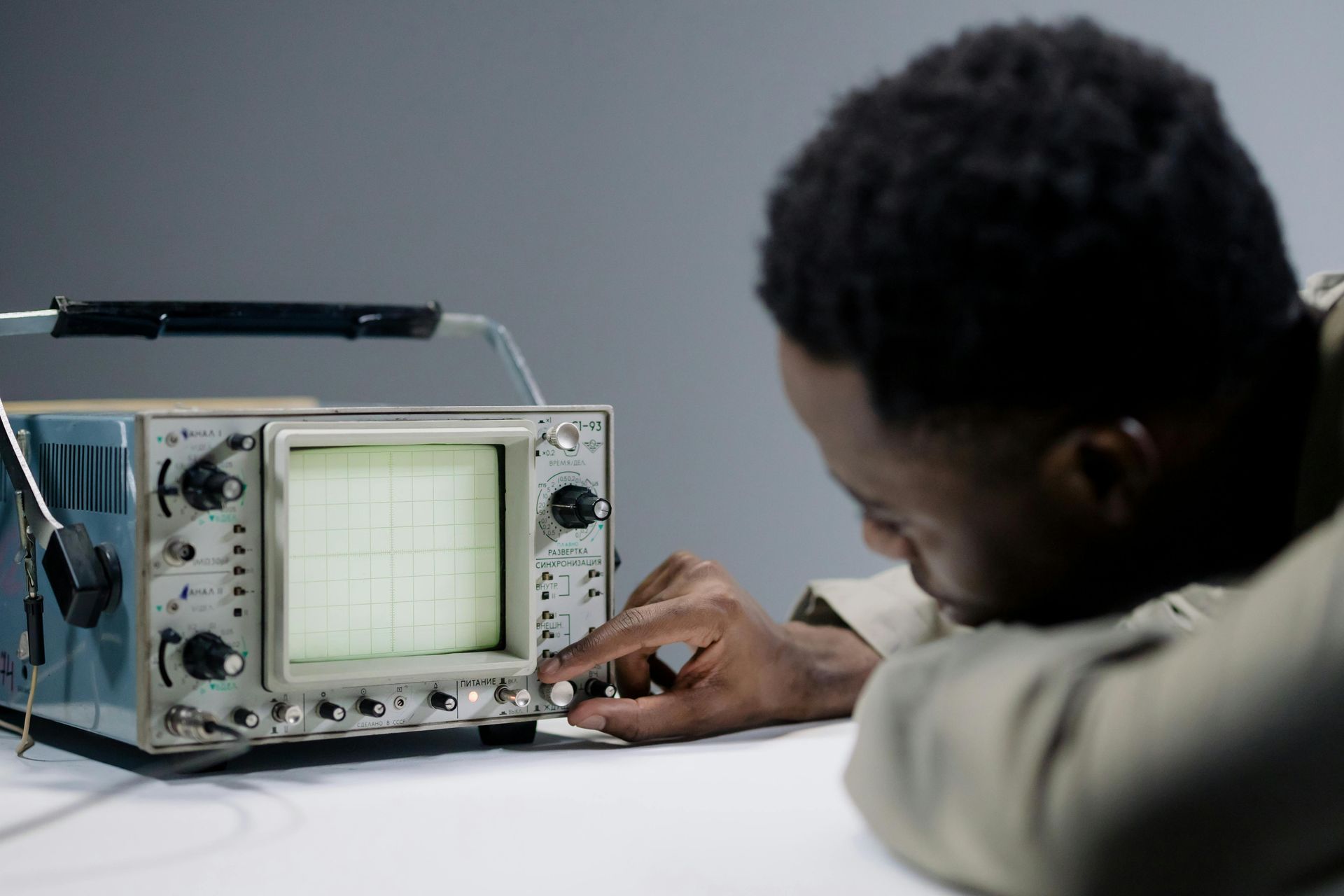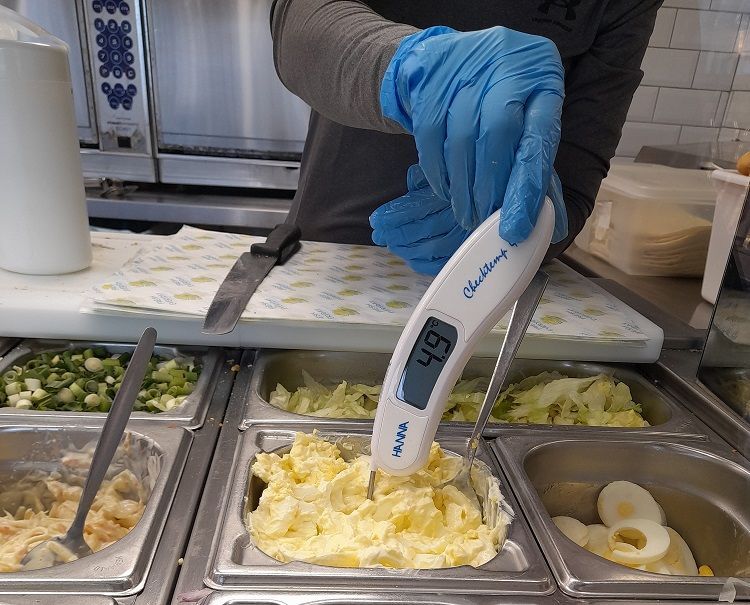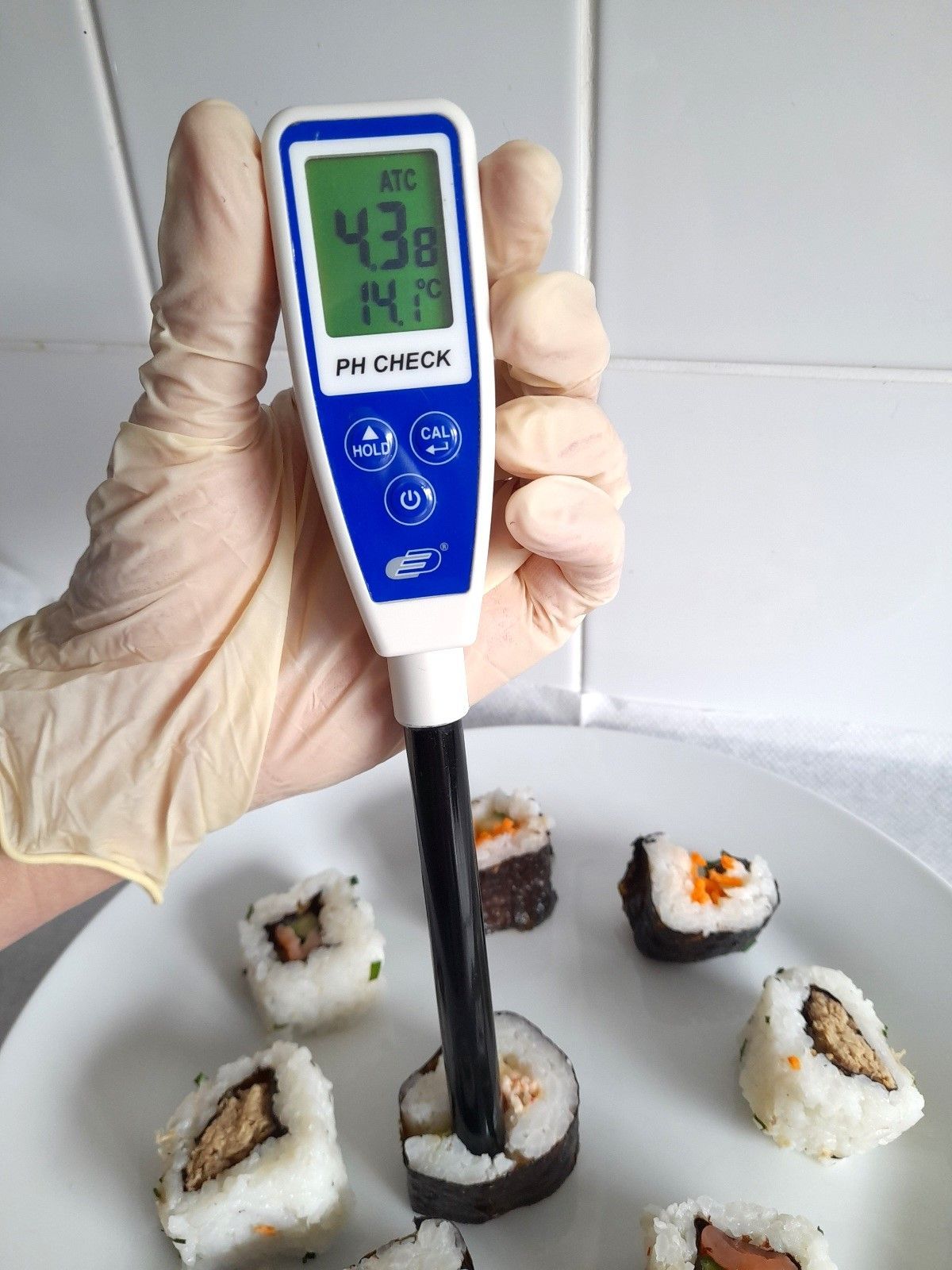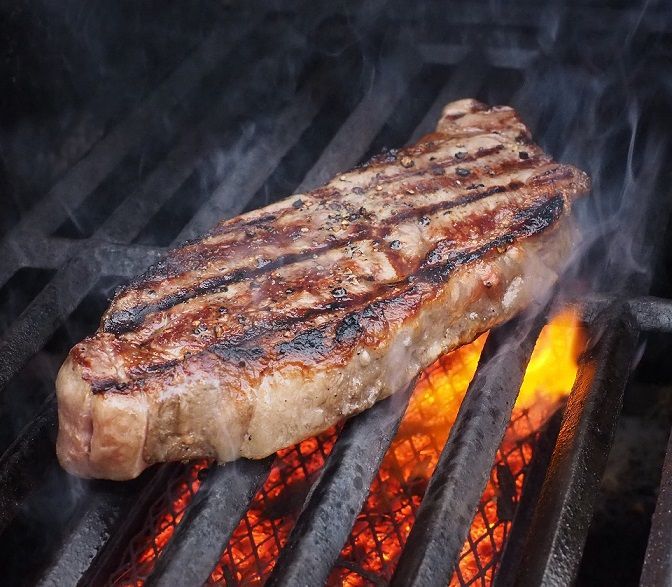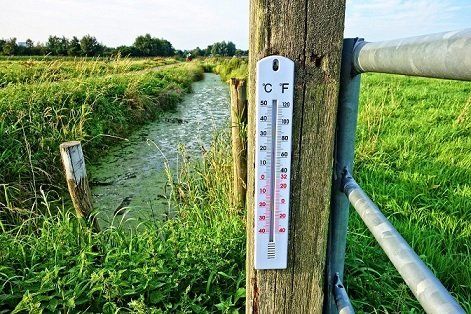16 September 2025
Avoid These 5 Costly Temperature Monitoring Mistakes in Your Food Business
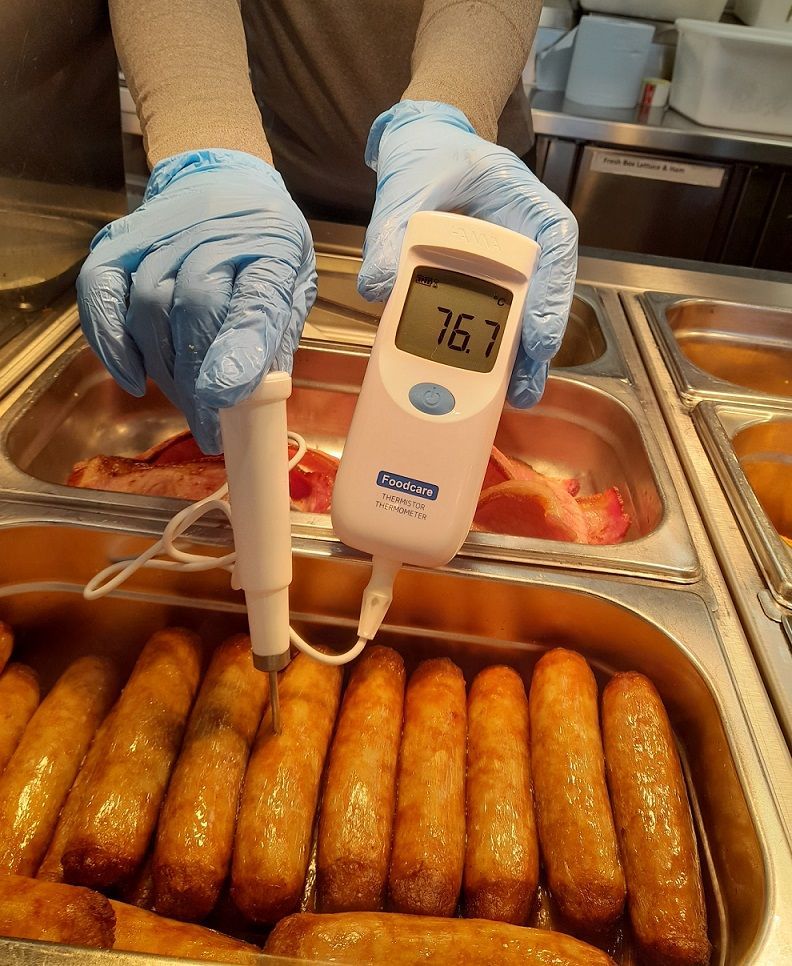
Temperature monitoring is one of the most critical aspects of food safety management. Whether you run a restaurant, catering business, food production facility, or cold storage operation, incorrect temperature control can lead to spoiled food, unhappy customers, failed inspections, or worse—foodborne illness. With rising demands for compliance (HACCP), quality, and traceability, having the right tools is essential. At Techris Systems, our range of high‑accuracy digital thermometers, data loggers, probes and calibration services helps businesses across Ireland to maintain reliable temperature monitoring.
Here are five common temperature‑monitoring mistakes businesses often make — and practical ways to avoid them using modern tools and good practices.
1. Relying Solely on Manual or Spot Checks
The mistake:
Many kitchens and food storage units use temperature checks only at certain times—when food is cooked, when a fridge is opened, at end of shifts, etc. Between those points, temperature fluctuations (too high or too low) may occur unseen.
Why it’s risky:
- Danger of growth of pathogens (especially in the “danger zone”) when food spends too long at unsafe temperatures
- Inconsistent quality (texture, flavour) in cooked products
- Audit failures if no continuous record
How to avoid it:
- Use data loggers that record continuously (e.g. for fridges, freezers or during transport). Techris Systems provide a range of temperature & humidity data loggers for food / cold storage.
- Set up alarms or notifications for when temperature goes out of safe range.
- Use pocket thermometers or fast reading probe thermometers during cooking or service to verify core temperatures – quick, easy and instant readings.
2. Using Low‑Quality or Inappropriate Instruments
The mistake:
Using cheap, uncalibrated and untraceable thermometers, infrared thermometers not suitable for food, probes not hygienic or too slow, devices that are not robust or splash‑proof in a busy kitchen.
Why it’s risky:
- Poor accuracy → incorrect readings → unsafe or overcooked/undercooked food
- Hygiene issues: non‑hygienic probes/surfaces can contaminate food
- Broken or distorted devices (e.g. due to heat, moisture) will give drifted/false readings
How to avoid it:
- Choose instruments designed for food and catering: stainless steel probes, splash‑proof or IP rated, smooth easy to clean surfaces. For example, Techris Systems’ Foodcare Digital Thermometer and Probe is built for professional kitchens, fast readings, ruggedness with a calibration certificate traceable to National Standards included free with every instrument.
- Ensure the thermometer or data logger is suited to your use case: for core/penetration readings, surface readings, non‑contact, etc.
- Replace instruments that show consistent deviation or signs of wear. Techris Systems provide certified calibrated instruments that are fully traceable to National Standards. Our calibration certificates ensure compliance, accuracy and confidence in your measurements. Click here to check out our Calibration Services.
3. Not Maintaining or Calibrating Devices Regularly
The mistake:
Leaving calibration to chance, assuming that once you buy a thermometer it will always be accurate. Not tracking calibration intervals or letting devices go past expiry or drift without check.
Why it’s risky:
- Sensor drift over time leads to inaccurate measurements
- Non‑compliance in audits or with HACCP / food safety regulations
- Risk of food spoilage, rework, or even health hazards
How to avoid it:
- Schedule regular calibration at least yearly to ensure your instruments are performing correctly. Techris Systems offers calibration services for digital thermometers, probes and data loggers, with certificates traceable to national standards.
- Keep records of calibration certificates; ensure devices are returned to service only with a valid calibration certificate Traceable to National Standards.
- Use reminder systems for when calibration is due. Techris Systems provide a calibration reminder service to help you keep trace of due dates and maintain accurate, certified instruments year round. Click here to find out more about how Techris Systems can help you stay compliant
4. Ignoring Temperature Control During Transport or Storage
The mistake:
Focusing on cooking or in‑kitchen monitoring but neglecting temperature during transport, cold‑room failures, fridge/freezer door left open, or storage units not reaching required temperature.
Why it’s risky:
- The cold chain is only as strong as its weakest link — short periods outside acceptable temperatures can allow bacterial growth or spoilage even if cooking is done correctly.
- Regulatory or customer standards (especially for food supply chains, deliveries) typically require records of storage/transport conditions.
How to avoid it:
- Use portable data loggers to monitor during transport or in remote storage.
- Use fridge/freezer thermometers and data loggers that are clearly visible and accurate.
- Ensure your cold storage units are well maintained; check door seals, airflow, avoid overpacking.
5. Poor Record‑Keeping and Documentation
The mistake:
Failing to record temperature data properly (or losing logs), relying on memory or manual notes that are not systematic or audited, not saving data in retrievable formats.
Why it’s risky:
- During inspections/audits, you may not be able to prove compliance
- No way to analyse trends (e.g., recurring temperature spikes)
- In the event of a food safety incident, lack of documentation can worsen liability
How to avoid it:
- Use data loggers with downloadable reports/software; keep digital backups. Techris Systems offers data loggers with free software that is easy to use and download. For example the KT 50 data logger is calibrated, ready to go and dedicated to the food industry and meets with requirements of EN 12830 norm. This certification is required for transportation, storage and distribution of refrigerated, frozen and deep-frozen food e.g. ice cream.
- Ensure logs include date/time stamps, min/max recordings, alarm events.
- Store records in an organised way — perhaps cloud or shared drive — so they can be accessed easily.
Conclusion
Proper temperature monitoring is non‑negotiable in the food industry. Avoiding the mistakes above can save you time, money, and ensure safety, compliance, and the satisfaction of customers. At Techris Systems, we aim to make it easy: from precision digital thermometers and rugged data loggers, to expert calibration services traceable to national standards, we have the products and support to help you maintain consistency in food safety.
If you’re ready to upgrade your temperature monitoring, explore our range of food thermometers & data loggers, or get in touch to find out how our calibration services can keep your equipment accurate and compliant. Contact us today.


